Pottery meets 3D printing.
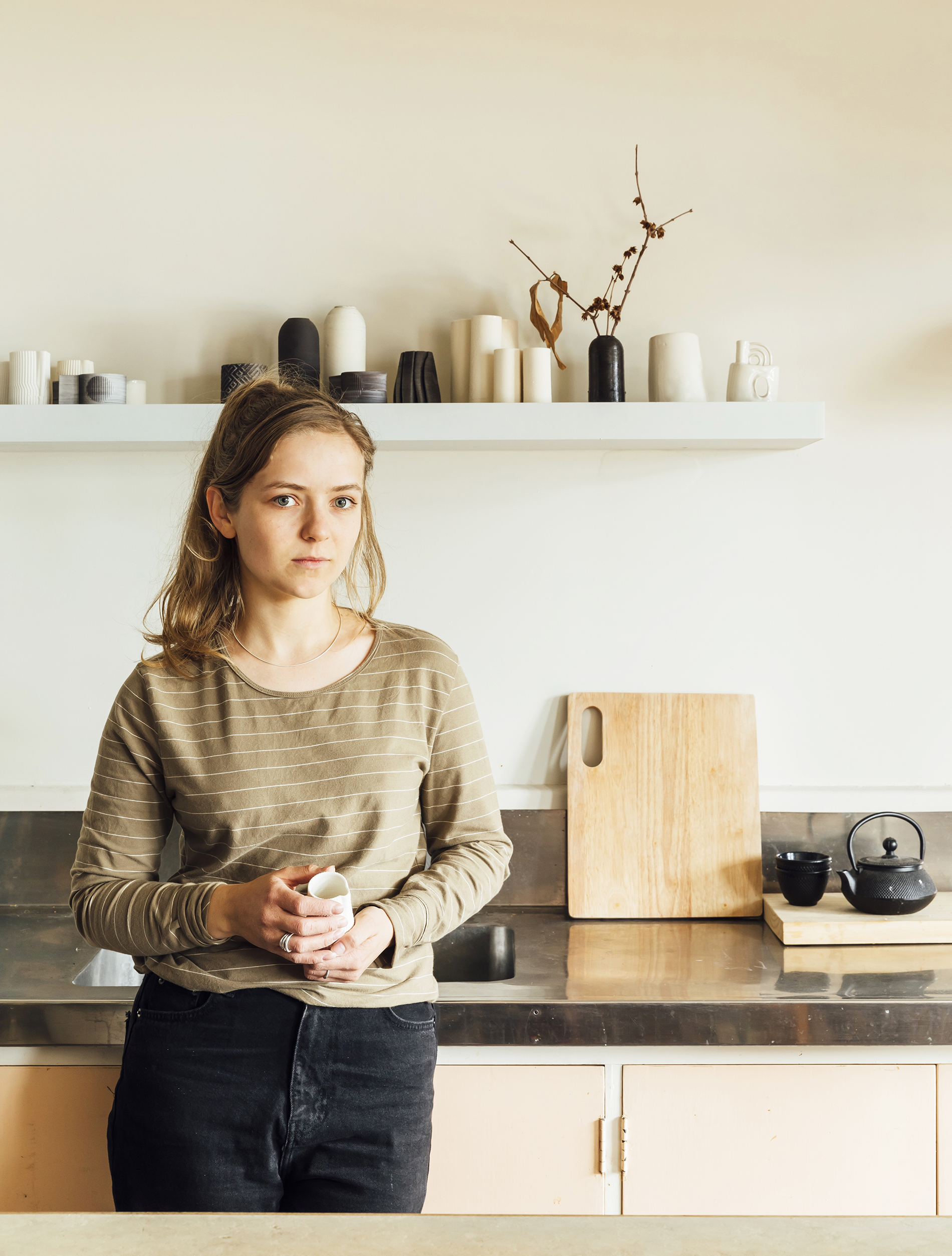
The top floor of a converted 1960s office block overlooking Lyttelton port is not an expected location for a pottery studio. But then Zoë Lovell-Smith, 23, who forgoes the traditional potter’s wheel for computers and a hand-built 3D ceramic printer, is not your typical potter.
She’s just won a gold at the 2020 Designers Institute Best Design Awards for her printed Ada tea set, was a finalist at the ECC Student Design Awards and won silver at the 2020 BEST Design Awards as a member of a team who designed the Electric Cargo Trike.
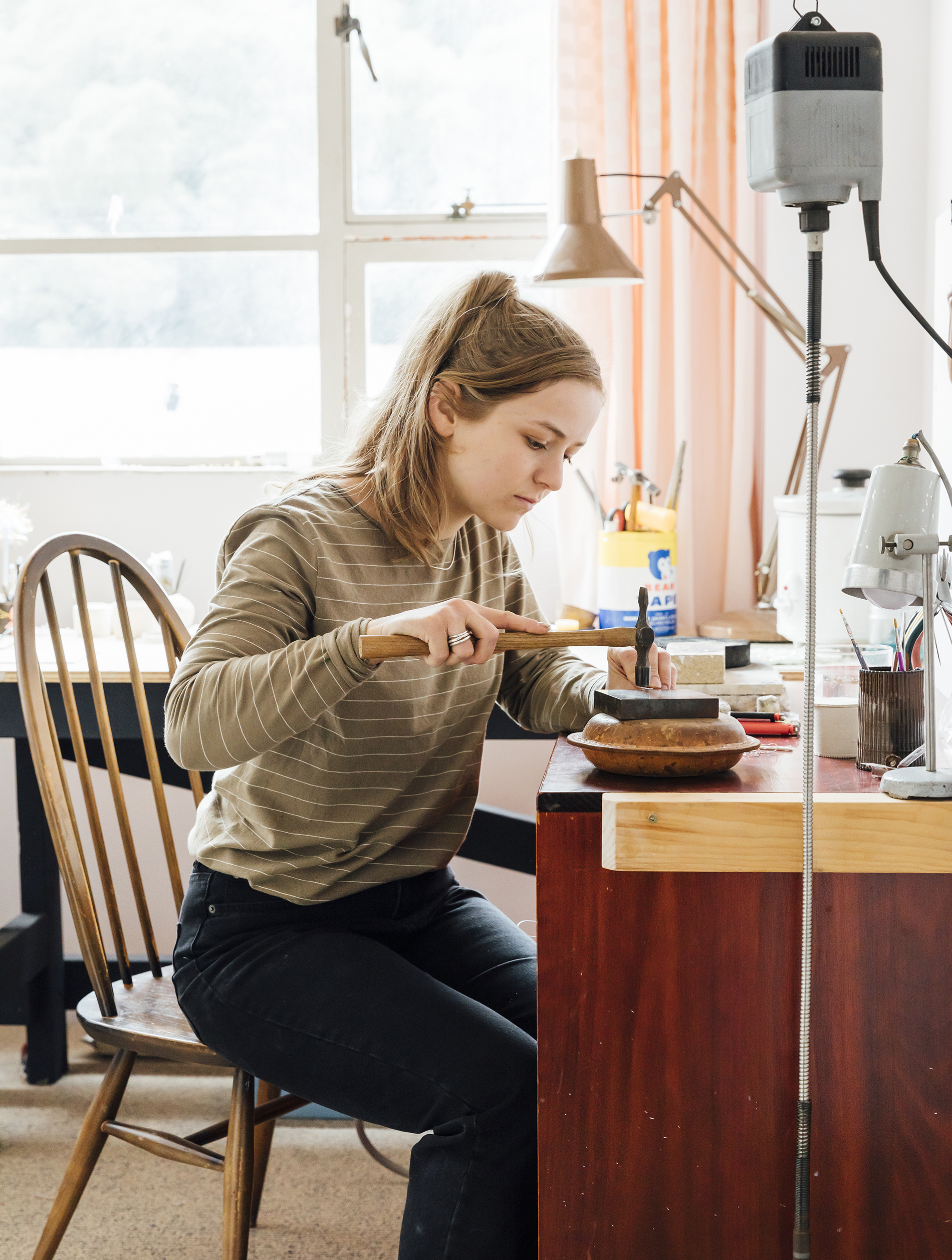
How did you become interested in working with ceramics?
My father, a scientist, is a keen amateur potter and I would muck around with clay with him when I was little. But I was a weird kid –my favourite hobby was making spreadsheets rather than anything crafty. After leaving school I did silversmith training, then decided to major in Industrial Design at the Massey University Bachelor of Design course in Wellington.
What do you like about 3D printing ceramics?
That finally I found something I could combine my love of maths and science with my passion for design.
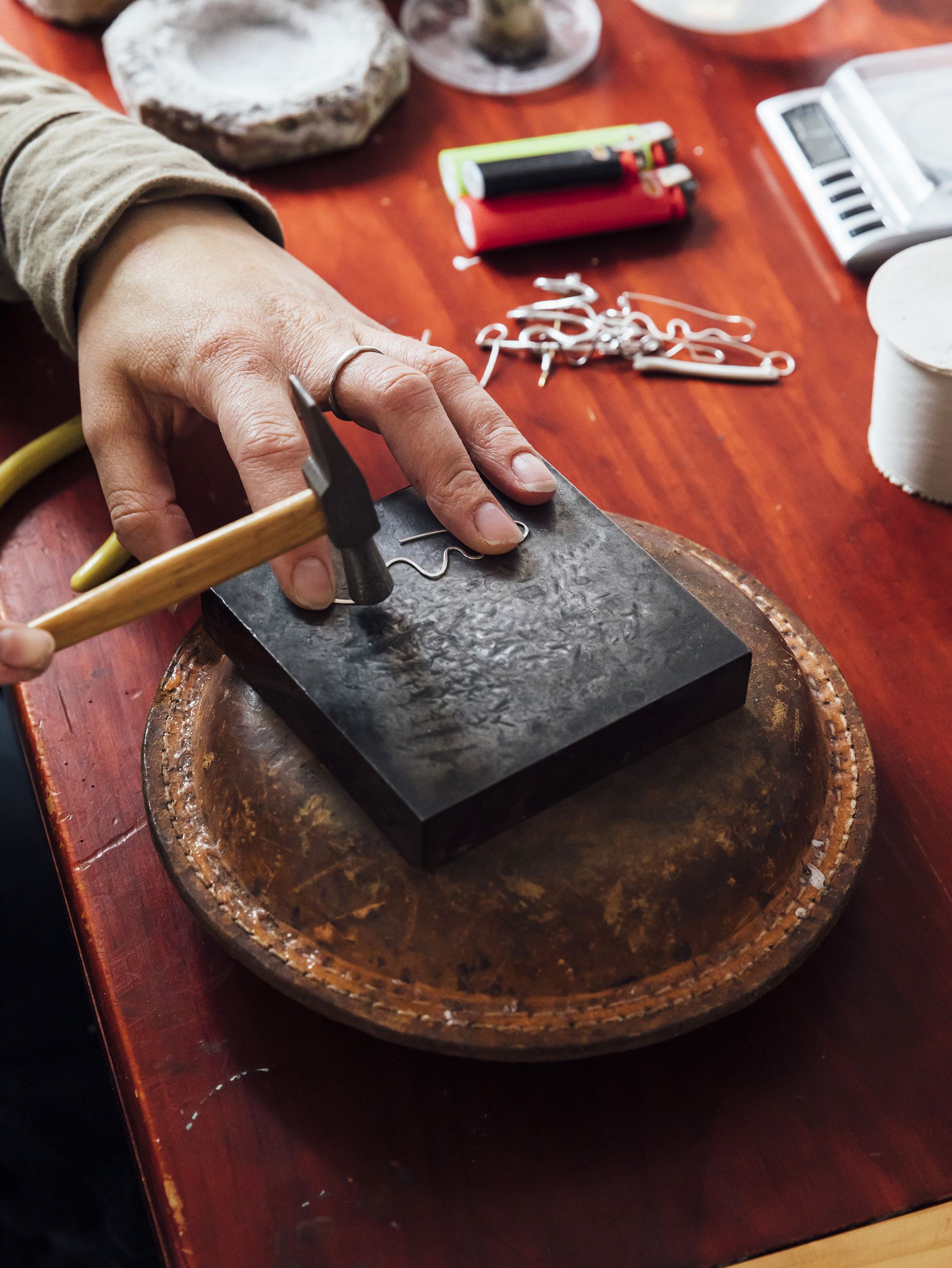
Pottery is traditionally associated with craft rather than industrial design. How did you bridge the two?
I had seen the concept of 3D ceramic printing being used overseas, but there was nothing really like it here. I had to build my own 3D printer, adapting open-source plans by Jonathan Keep. The real work is in designing the virtual pieces in CAD (software), then experimenting with the clay and printing processes.
There were a lot of early failures. I had to come up with a product that not only looked good but more importantly functioned well. My project was the Ada tea set, named after computer pioneer Ada Lovelace.
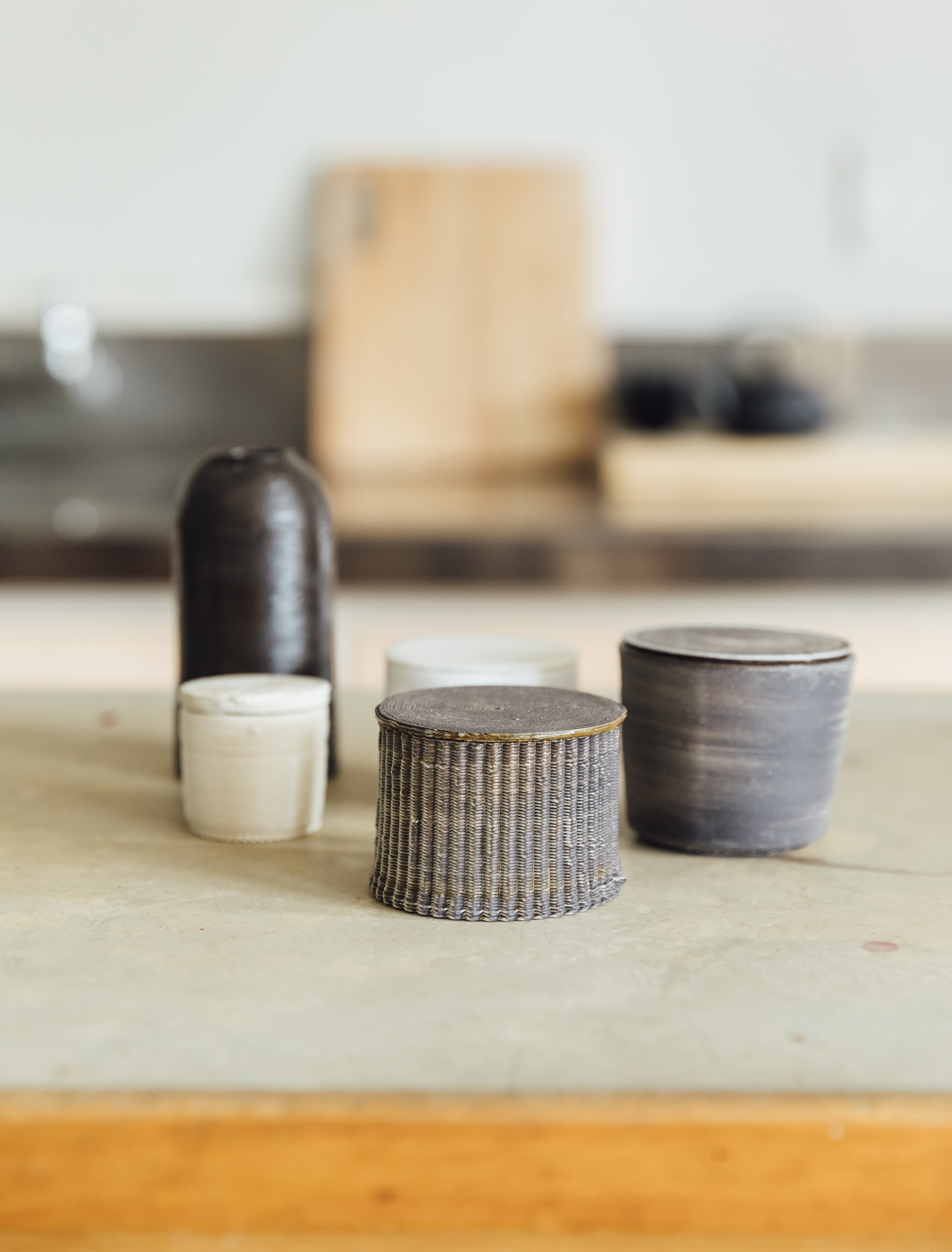
Pottery has come a long way since the ubiquitous brown stoneware of the 1970s. What do you call this new wave of high-tech ceramics?
I call it 3D printed ceramics, which is horribly prosaic. My aunt calls it “ceramics for the Minecraft generation”.
You recently moved from Wellington to the port town of Lyttelton. What brought about this move?
A lot of my extended family live here so when I was offered an ideal space to live in the old Union Steamship building in Lyttelton, I jumped at the chance. There’s a shared pottery studio and kilns on the lower floors, and I have set up my workspace with computers, printer and silversmith tools in a spare room in my apartment. I get to look out and hear the port, which is practically next door, and I have a view of the hills over the town.
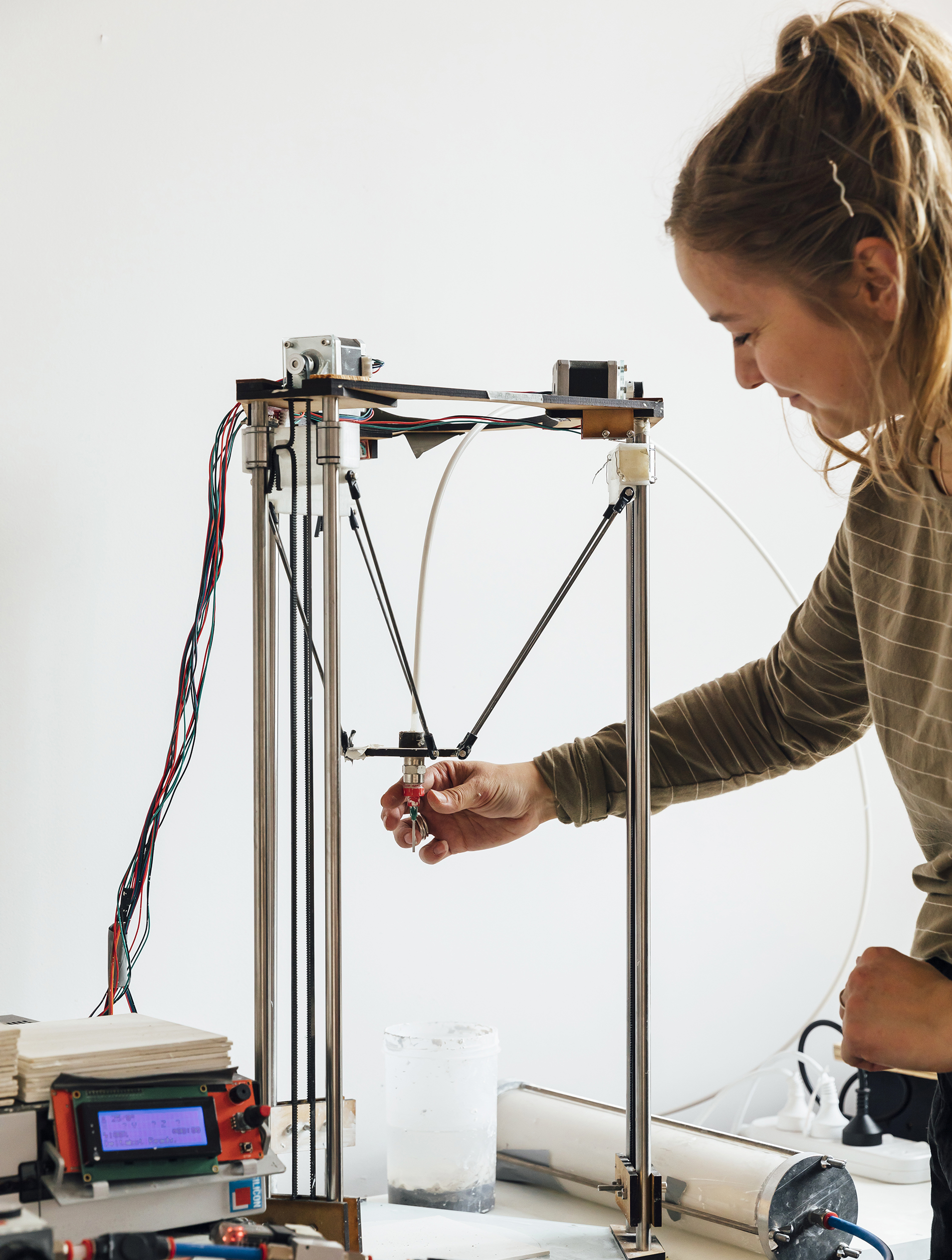
How would you describe the differences between your 3D pottery and traditional pottery?
Although there are always slight irregularities because of unexpected occurrences in the printing and firing process, I have a great deal of control over each piece. Using 3D printing allows me to create very fine and refined forms with delicate geometric textures that would not be possible in traditional pottery.
What is your creative process?
I design each piece on the computer using mathematical formulae to create the textures that would be nearly impossible to recreate by hand, then the printer brings it to life. The printer itself is much like a regular 3D printer but uses clay instead of plastic to print layer on top of layer. Once the pieces are printed, they have to be dried, trimmed, hand-glazed and fired twice. Although I started out with stoneware, I find porcelain allows me to create delicate, more translucent pieces with finely intricate, tactile designs.
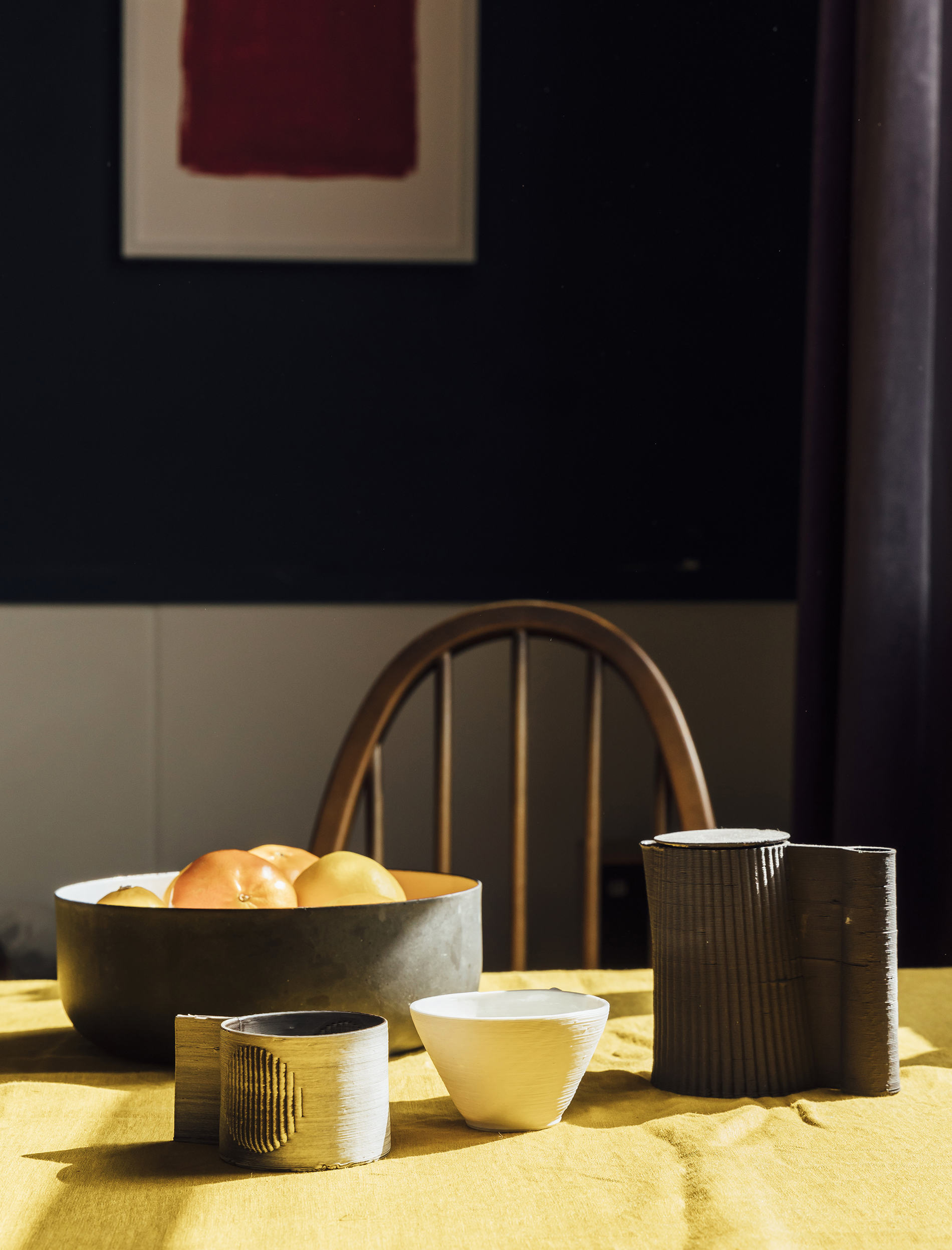
How long does it take to make one piece?
Ha! How long is a piece of string? The process from concept to finished piece can take weeks. I come up with a concept, design it using CAD, print it and then usually I have to go back to the computer to refine or adjust the design and print again. I may have to do this several times before I am happy with the result. The actual printing only takes around 30 minutes for each piece.
Because you’re not throwing on a wheel does every piece come out perfectly?
Not at all – there are some spectacular failures. For example, if the clay is the wrong consistency or there’s an air bubble, I have to be there to troubleshoot.
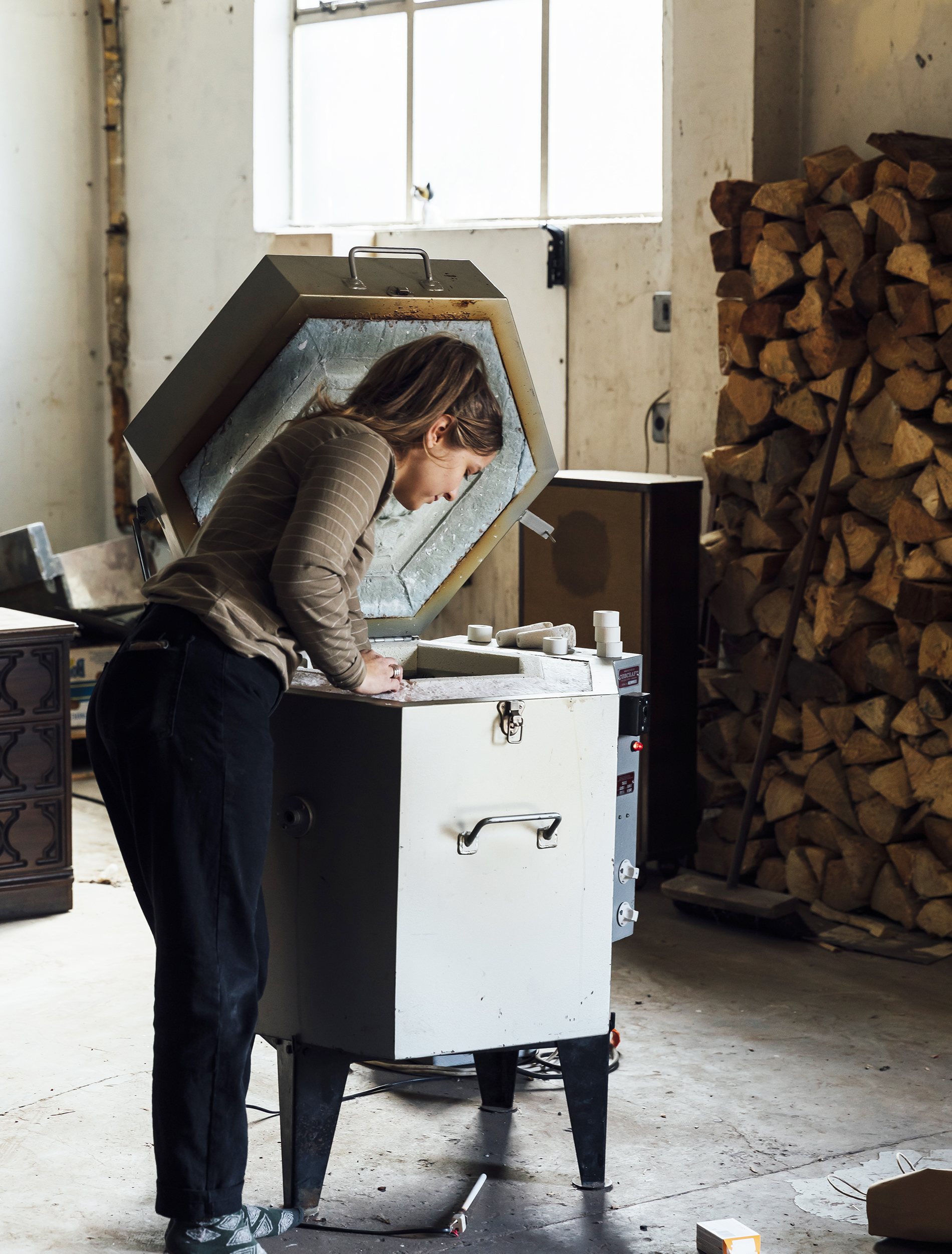
Is pottery a viable full-time way of life for you?
I’ve begun an internship as a junior design engineer at Tait Communications, but I’m continuing to develop my range of ceramic ware in my free time. My goal is to be able to do this full-time, and I’m working towards that. I’ve met some wonderful like-minded people in Christchurch who are helping me by upscaling my 3D printer so I can create much larger pieces. I don’t know of anyone else in New Zealand who is doing what I do, so it’s very exciting to be at the forefront of this new technology in ceramics.
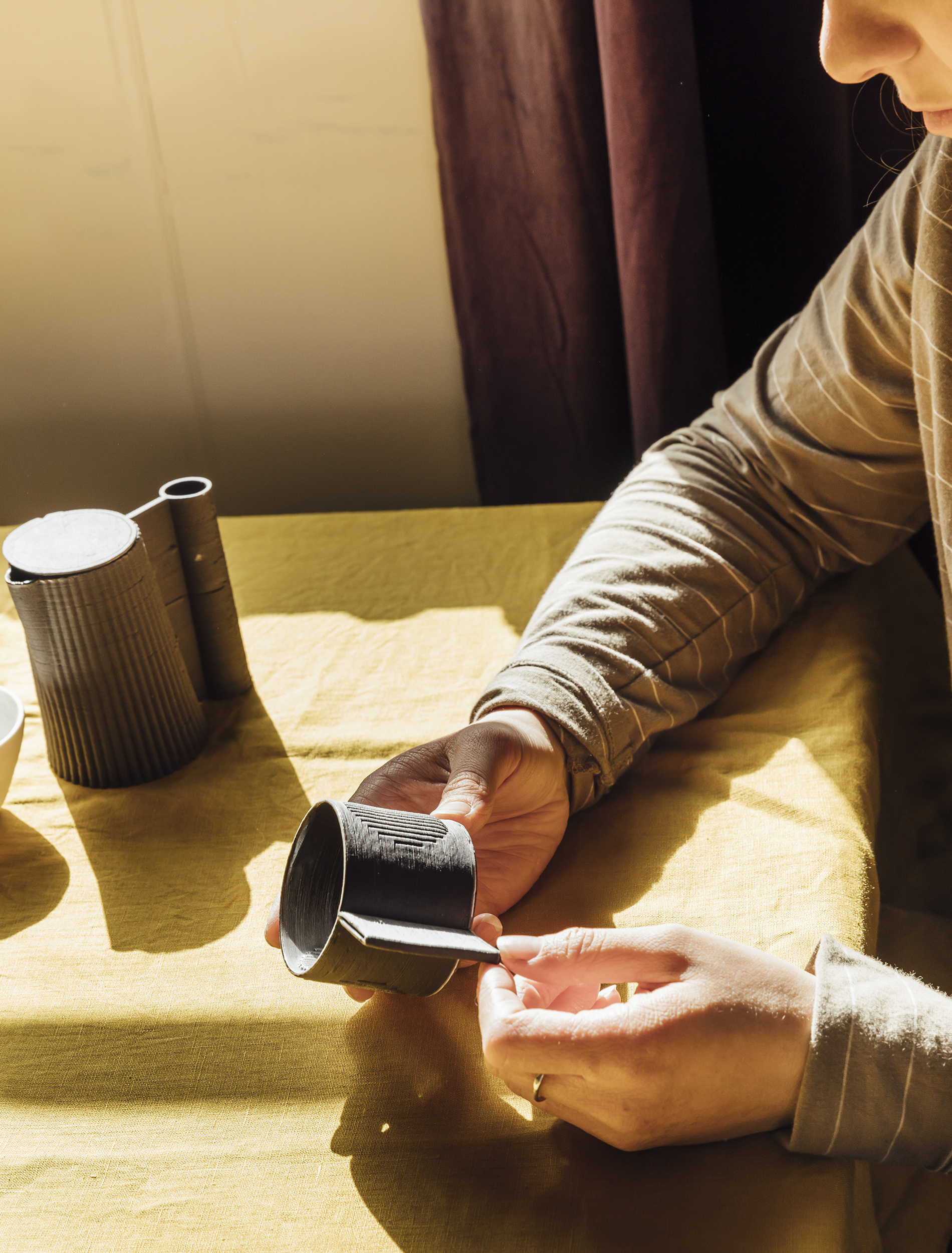
Zoë’s ceramics and jewellery are sold at Long Way Home at The Tannery, Christchurch. zoelovellsmith.com
Text: Becca Smith Photography: Sarah Rowlands
EXPERT PROJECTS

Create the home of your dreams with Shop Your Home and Garden
SHOP NOW











